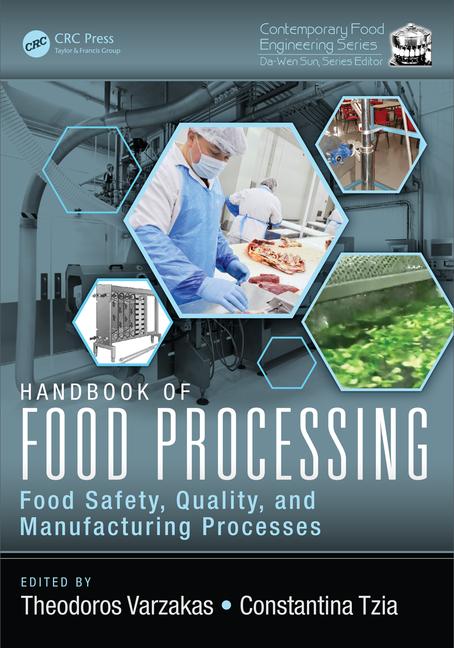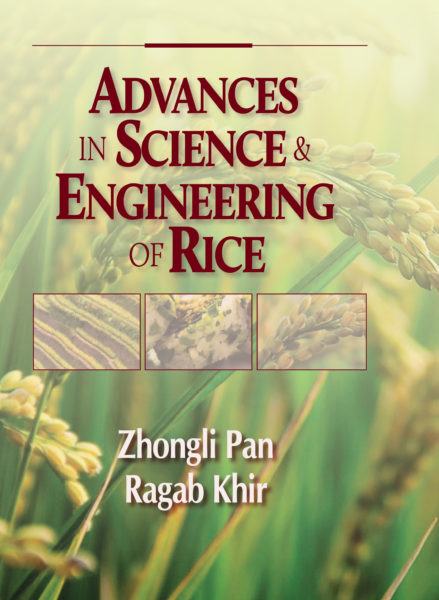A robust food safety program will include advanced traceability systems that align with other businesses up and down the supply chain. As the foodservice industry seeks to implement improved connectivity to improve recall readiness, more producers continue to look for solutions that will offer strong traceability.
In order to learn more about how current technology platforms can help with these efforts, we reached out to Liz Sertl, senior director, community engagement, GS1 US, Ewing Township, NJ.
GS1 is a neutral, global collaboration platform that brings industry leaders, government, regulators, academia, and associations together to develop standards-based solutions to address the challenges of data exchange. GS1 features local member organizations in 115 countries, over two million user companies, and 6 billion transactions every day.
Douglas J. Peckenpaugh: How does GS1 fit into the FDA’s “New Era of Smarter Food Safety” initiative?
Liz Sertl: The FDA released its “New Era of Smarter Food Safety Blueprint” in July 2020. This initiative outlines a commitment to dramatically improve food safety and calls for a new, technology-driven approach to modernize the food system by upgrading stakeholders’ ability to track and trace products throughout the supply chain.
End-to-end traceability requires a system for sharing product information between all trading partners involved in distributing food, all the way from producer to retailer. To be useful, the information must be shared in a format that all parties can understand and import into their own data systems. That’s why the FDA “blueprint” calls for the use of global data standards to help industry speak the same language in transmitting product, location, and event information across the supply chain. GS1 Standards are a critical foundation for meeting these interoperability requirements.
GS1 Standards govern processes to “identify, capture, and share” product and location data across the supply chain. They can be used to populate data elements specified by the New Era blueprint and the FDA’s “FSMA Proposed Rule for Food Traceability,” addressing Section 204(d) of FSMA. The relevant GS1 Standards include:
-
GS1 Global Trade Item Number (GTIN), used to uniquely identify a product
-
EPCIS (Electronic Product Code Information Services), a data sharing standard for recording events like shipping, receiving, etc.
-
GS1 Global Location Numbers (GLNs), denoting specific locations where those transactions occur
Many food industry stakeholders’ initial New Era efforts are focused on two foundational principles of the New Era blueprint: Critical Tracking Events (CTEs) and Key Data Elements (KDEs), which are intended to help harmonize traceability language between stakeholders through the use of standardized identifiers. Supply chain partners should make sure that their current use of CTEs and KDEs align with the blueprint requirements, which are also included in the FSMA traceability rule and will be finalized in 2023.
DJP: Why is GS1 the right solution for food/foodservice industry distribution (including temperature/controlled warehousing/cold storage)?
LS: GS1 Standards can be leveraged in a variety of different traceability solutions to assure data consistency and interoperability. The standards themselves are not a solution but a key component in any solution that can be used system-wide for improving traceability. For example, EPCIS (Electronic Product Code Information Services) is a data sharing standard that provides more detail on critical tracking events such as the state of the item (e.g., saleable, expired, or in transit) or current conditions like temperature. Having real time access to this information across the supply chain can mean safer food, less waste, and higher quality products being sold on shelves and served in restaurants.
DJP: What are some of the top reasons why a processor and/or distributor of low-moisture bakery or snack producer (breads, buns, rolls, tortillas, crackers, pretzels, etc.) serving the foodservice market should invest in a robust traceability system?
LS: There are several system-wide benefits of using global standards to provide traceability in the supply chain. One of these is recall readiness. Track and trace capabilities enable fast, accurate removal of products from distribution when needed; GTINs and GLNs provide the data for accurately identifying and finding those products. In addition, product transparency that is afforded by encoding product identifiers and attributes in a barcode, using GTINs, enables the robust product information that consumers are looking for. This is helpful for retailers deciding what products to buy in order to satisfy their customers. Improved visibility allows supply chain partners to accurately identify products and their locations in real time, for better ordering and inventory control. Especially in a world where product shortages are not uncommon, every stakeholder needs up-to-the-minute visibility into product availability and delivery forecasts.
DJP: How would a processor and/or distributor begin the process of adopting the GS1 Standards?
LS: It all begins with unique identification. The first step is to ensure that products are appropriately marked with a barcode containing a GS1 GTIN, a unique number issued by GS1 US that identifies a single product in the supply chain. The GTINs are assigned by the product manufacturer, and should be integrated within the receiver’s product masters, cross-referencing them with existing product numbers. Receivers should request GS1 barcodes on all products, cases and pallets from suppliers, along with Advance Ship Notices (ASNs) and Serial Shipping Container Codes (SSCCs) on all pallets. Distributors may also need a GS1 Company Prefix (obtained from GS1 US) so they can assign Global Location Numbers (GLNs) to their locations. This will require an assessment of which entities and locations need to be identified to enable complete traceability.










